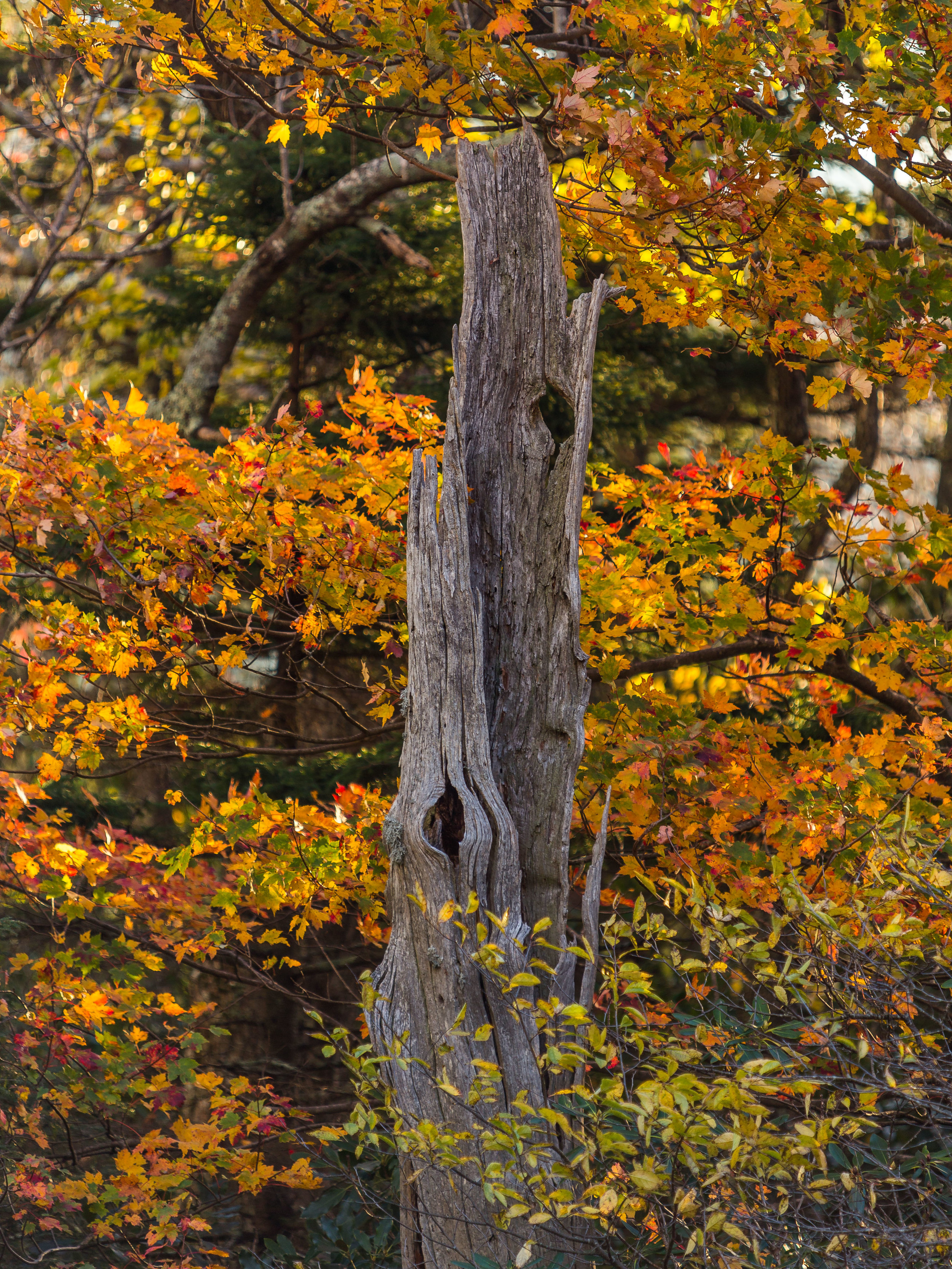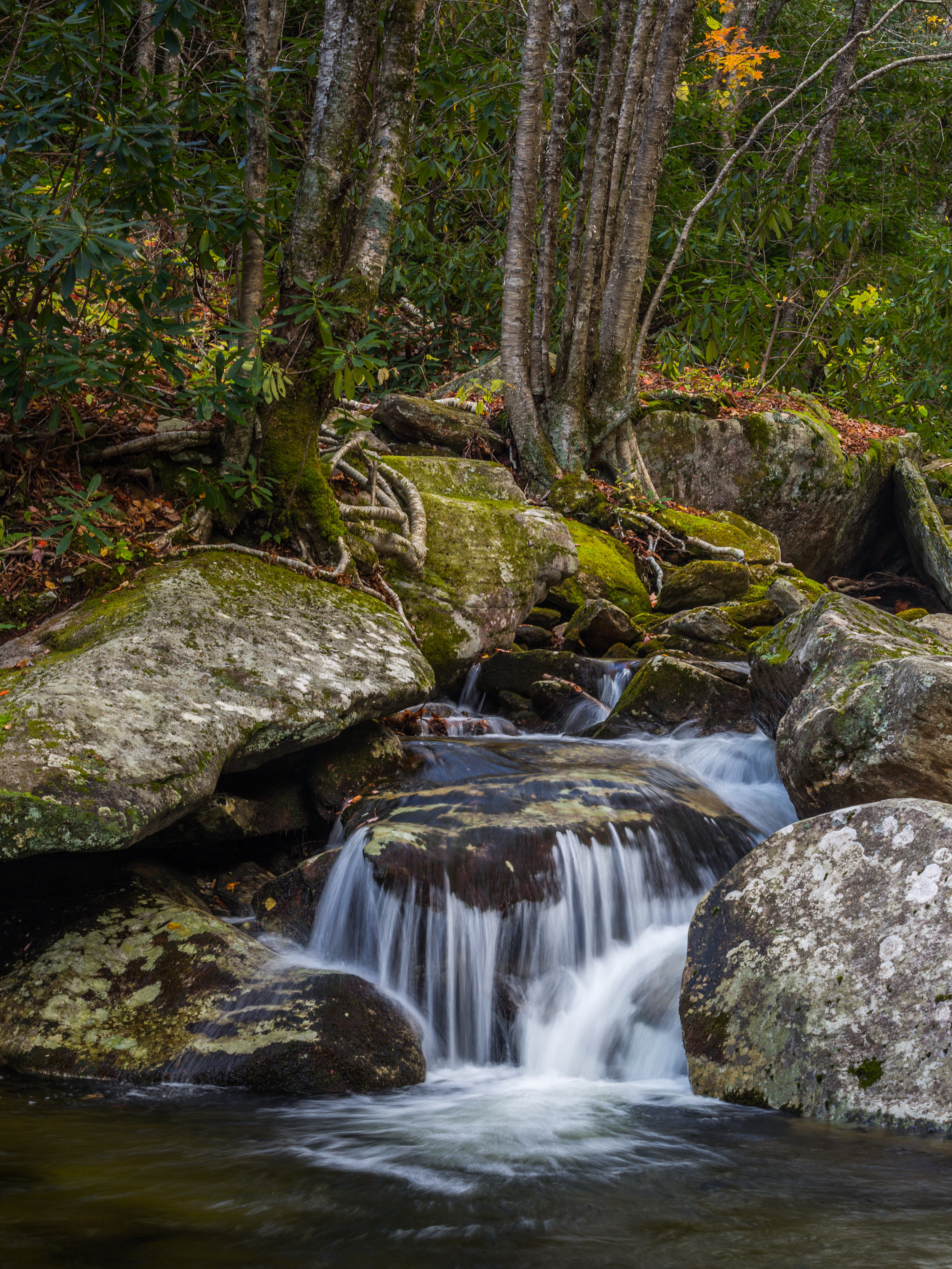The beautiful colors of autumn last only a moment before they fade into winter. If you hesitate you could miss the opportunity to capture the show.
Over the past few weeks I have been traveling almost nonstop to different locations, trying to capture the autumnal display of the Appalachian Mountains. As is normally the case with fall photography I am exiting the season wishing I could have photographed more. This feeling arises from the understanding that during fall an almost endless supply of compositions expose themselves to the world as a seemingly normal forest bursts with color. On one occasion I spent the morning walking along the side of the Blue Ridge Parkway for a good 3 hours, only to find that I had traveled a mere one and a half miles from where I began. I wasn't upset with this however because I captured 3 images I am extremely happy with. Each image is unique and tells its own story.
Although the good morning light disappeared by the time I returned to my vehicle I did not head home. I noticed a good bit of cloud cover forming and decided to see what a view of my morning location looked like from an adjacent mountain. I was rewarded with this view and another image I enjoy.
Staying out all day not only increases your chance of getting multiple images, it also allows you to scout new locations for future photographs. After the above image I went to Linville Gorge, a location I had been many times before but never photographed in the fall. I wanted to check out a place called "The Chimneys". The weather was turning unfavorable and my weather app was calling for rain by sunset, but I headed out under the understanding that I was at least scouting a place to return to if I could not create an image. I was able to find a unique location and I photographed it for reference to come back to under better conditions.
As the clouds rolled in, the temperature began to drop and the wind picked up. Poor lighting and wind are two of landscape photographer's worst enemies. I decided to call it a day since I was in a new location and there were potentially dangerous obstacles between myself and my vehicle. I took one final image on my way back to the car when the last few rays of light for the day peaked through the clouds.
I was able to capture quite a few nice images in the 8 hours I was out in the field, and it set in motion a fall frenzy that I have been utilizing to capture the autumnal color as fall has progressed here in the Appalachian Mountains. Check back Wednesday for more fall photographic adventures. Until then I’ll be out looking for my next image. Enjoy!











